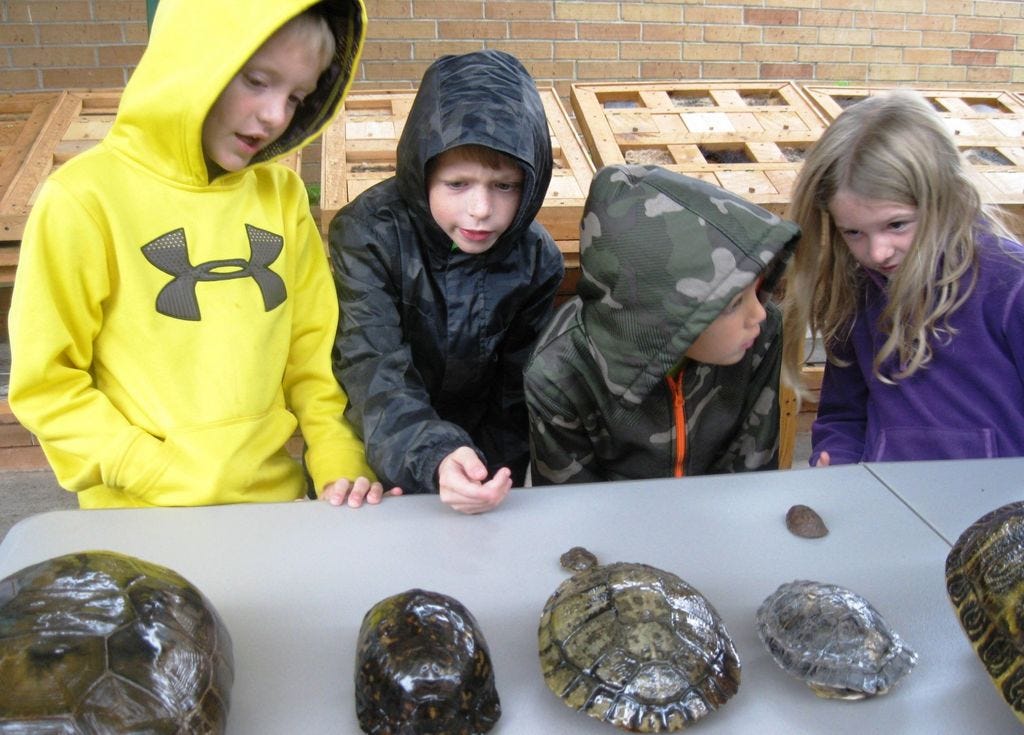CRESTVIEW — Bob Sikes Elementary School second-grader Layla Echols has decided she looks chic in a coyote skin cap, with forepaw flaps down the sides of her neck and a fur, cape-like extension down her back.
The cap — traditional local Indian headwear — was among artifacts Bruce Burford demonstrated Dec. 2 during the school’s Heritage Day.
During the event:
●The Bullpups got up close to a Florida Forest Service bulldozer used to clear brush and make fire breaks during forest fires.
●Forest ranger Maria Wilson explained why prescribed burns are important to a forest's health. “It clears out underbrush so new growth can begin and animals can find food,” she said.
●Students felt the texture of different local snakes’ skins and peered into gophers' eyes at the Florida Fish and Wildlife Conservation Commission’s display.
●Baker farmer Susan Holley passed around cotton from her family’s fields and explained the crop's importance.
Guest speakers were pleased with the kids’ enthusiastic response to the different presentations.
“They were loud and excited,” FWCC wildlife technician Mitch Petoskey said.
“To us, outreach is an important part of what we do,” fellow technician Andrew Jernigan said.
LOCAL INDIAN TRADITIONS
American Indian Bruce Burford displayed traditional local Indian tools and equipment at Heritage Day.
• When Indians ate soup, they used shells or a hollow deer antler. Other food was eaten with their fingers.
• Tightly-woven baskets were used as bowls or pots, but being made of grasses, they couldn’t be placed on a fire. Instead, hot rocks were dropped in with the soup ingredients to cook it.
• Indian decorative “art” displayed in the home was found in nature, such as cured snake skins.
• Allied tribes communicated by sending runners who wore coded necklaces. The placement of beads and knots conveyed messages from chief to chief. The couriers could not decode the necklaces they wore, to prevent spilling secrets if captured by enemies.
COTTON FACTS
Baker farmer Susan Holley shares these facts about Heritage Day:
• Cotton gins run at night because electricity is cheaper then
• A cotton bale weighs about 500 pounds
• Farmers sell raw cotton to the gin, which then sells it to manufacturers
• Only white cotton can grow in the South, but in northern climates, farmers also produce blue, green and tan cotton using genetically modified cotton seed.
NORTH OKALOOSA HERITAGE FACTS
This article originally appeared on Crestview News Bulletin: Crestview Bullpups learn about North Okaloosa traditions (PHOTOS, VIDEO)
